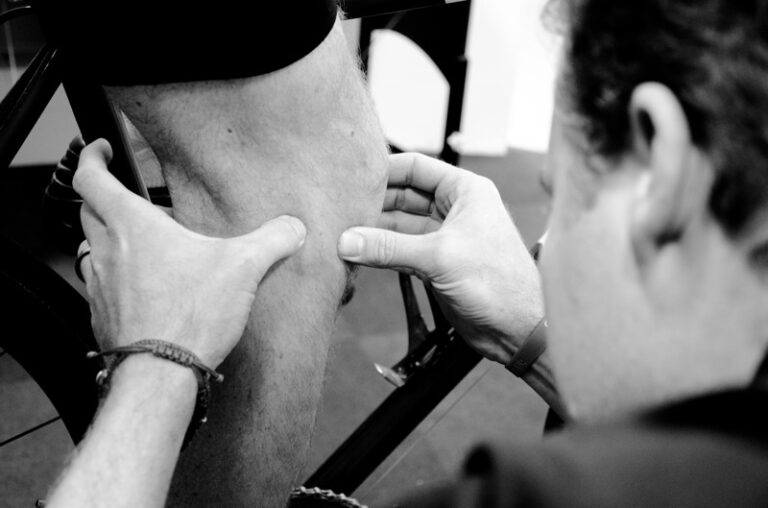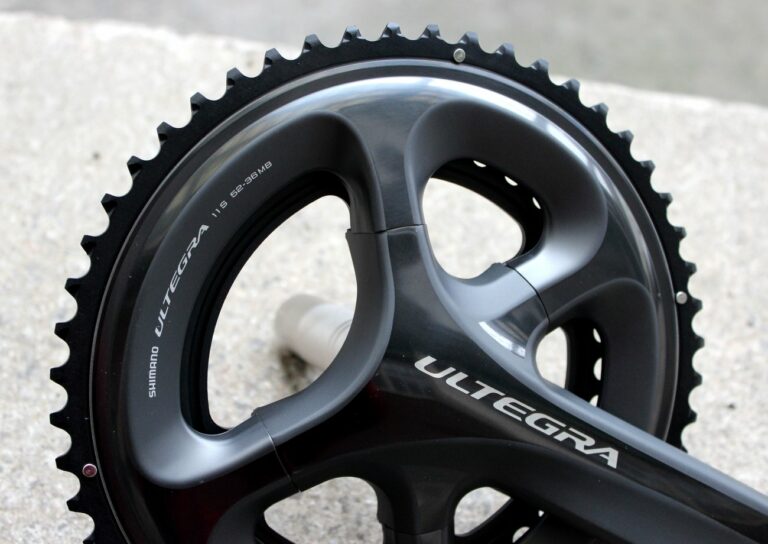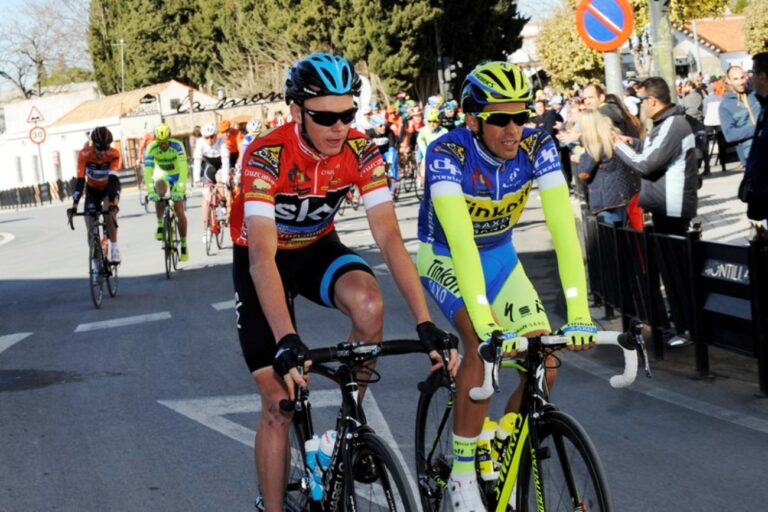Excitement and anxiety
-

While it's great to have the latest and greatest tech, an 'old' bike isn't necessarily a bad one
-
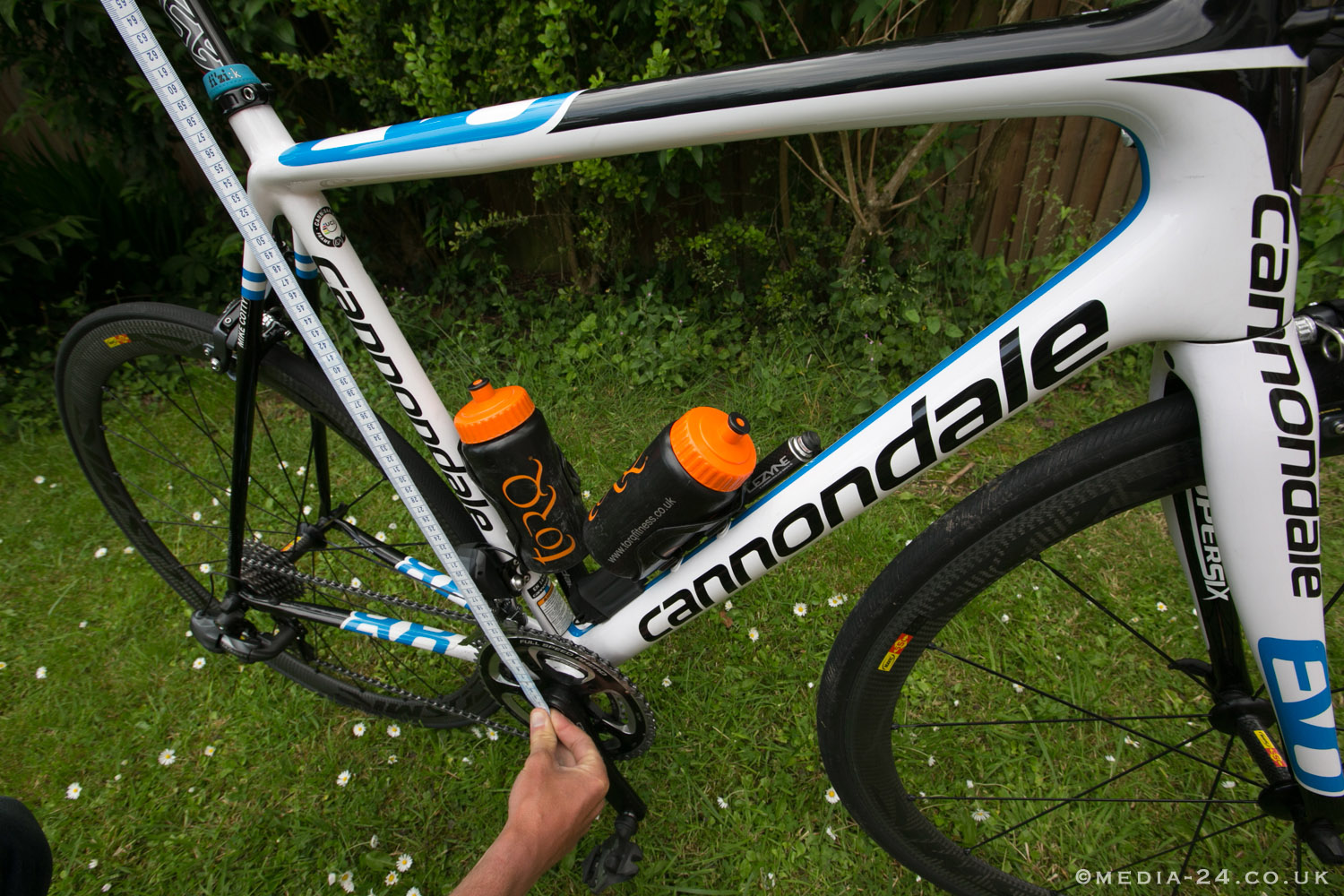
It's easy to be lured in by the prospect of a bargain but make sure you get the right size frame (Pic: Media24)
-

A race bike will have a long reach and low stack height, while an 'endurance' bike, like the Trek Domane pictured here, will have a shorter reach and higher stack height for a more upright riding position
Excitement and anxiety
Searching for a new road bike should be a period of high excitement – but concern about selecting the right size frame can make it a period of high anxiety.
With that in mind, we will set out to alleviate any fears by not only checking out the fundamental aspects of selecting the correct size bike, but just as importantly, whether you are the right person for that style of machine.
You’ve been trawling the internet and finding endless excuses to pop out to all your local bike shops and check out all the shiny new road bikes. They’re all over the TV and press too: from the Tour de France to the Tour Down Under you just can’t get enough ‘bike’ moments. Inspirational stuff, indeed, but those bikes in the pro peloton are designed to do one thing, that’s to help enable the world’s top riders get from the départ to the finish line in the quickest time possible.
But how do you ride? This is possibly the first and most important question you should be asking yourself before that newly-found overdraft burns a gaping hole in your pocket. It’s also a question which will inform any decision about what size machine you need.
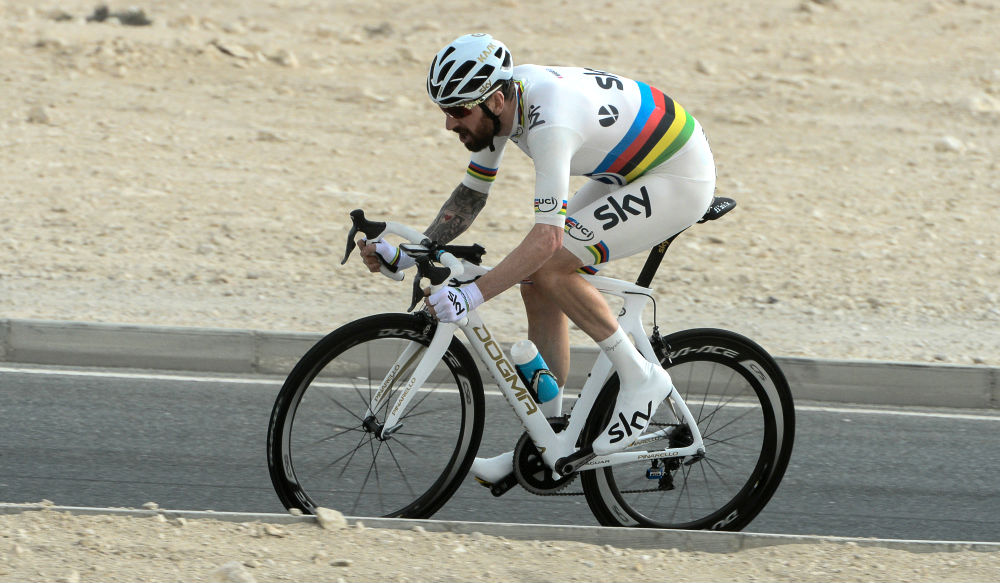
Horses for courses
The thing is – and you’ve hopefully discovered for yourself while researching your new bike – not all road bikes are created equal. There’s the stretched out, pure-bred race machines like we see in the WorldTour, where the likes of Mark Cavendish and Sir Bradley Wiggins are found doubled over the toptube like a contortionist.
There’s the ‘standard’ road bike with its wider appeal to club riders and racers looking for a more rounded ride, but still with a competitive edge, and then there are ‘endurance’ machines that fill the car parks of sportives across the country, with a relaxed geometry, shorter toptubes, taller headtubes and compact gearing. Throw audax/touring bikes, cyclo-cross bikes and ‘gravel’ bikes into the mix and things start to get confusing. Make an honest appraisal of your riding style, goals, experience and flexibility to narrow down what bike is right for you.
Each ‘style’ of bike will have its geometrical intricacies, whether that’s the low-and-long position of an aggressive race machine, or the more upright ‘comfort’ position of an ‘endurance’ bike, while within each category, geometry will change from one model to another. Just because you take a 56cm frame from one manufacturer, doesn’t necessarily mean you’ll need a 56cm frame from another.
Add to all that the different sizing conventions that bike manufacturers employ (most are measured according to the length of the toptube, some refer to the length of the seattube, and use ‘small’, ‘medium’, ‘large’ and so on) and you’ll soon discover it is difficult to directly compare bikes against one another unless you can throw your leg over your narrowed down selection in one swoop.
Many bike manufacturers and online retailers supply a geometry table on their websites that give an early indication of what bike size you may fit, often based on height. Your height can be a useful indicator in determining frame size (most guides, as an example, will point a rider who is 5’11” tall to a bike with a 56cm toptube) but it’s not the only figure you need to take into account. Two riders of the same height can have very different dimensions, and knowing your height doesn’t necessarily mean you need the same frame size across the board, regardless of manufacturer or model.
Now we’re getting near the crux of the matter: inside leg measurement along with standover height and reach, are all equally as important in finding your correct size bike. How do those three crucial measurements affect the fit of your bike? Click the Next arrow for more.


